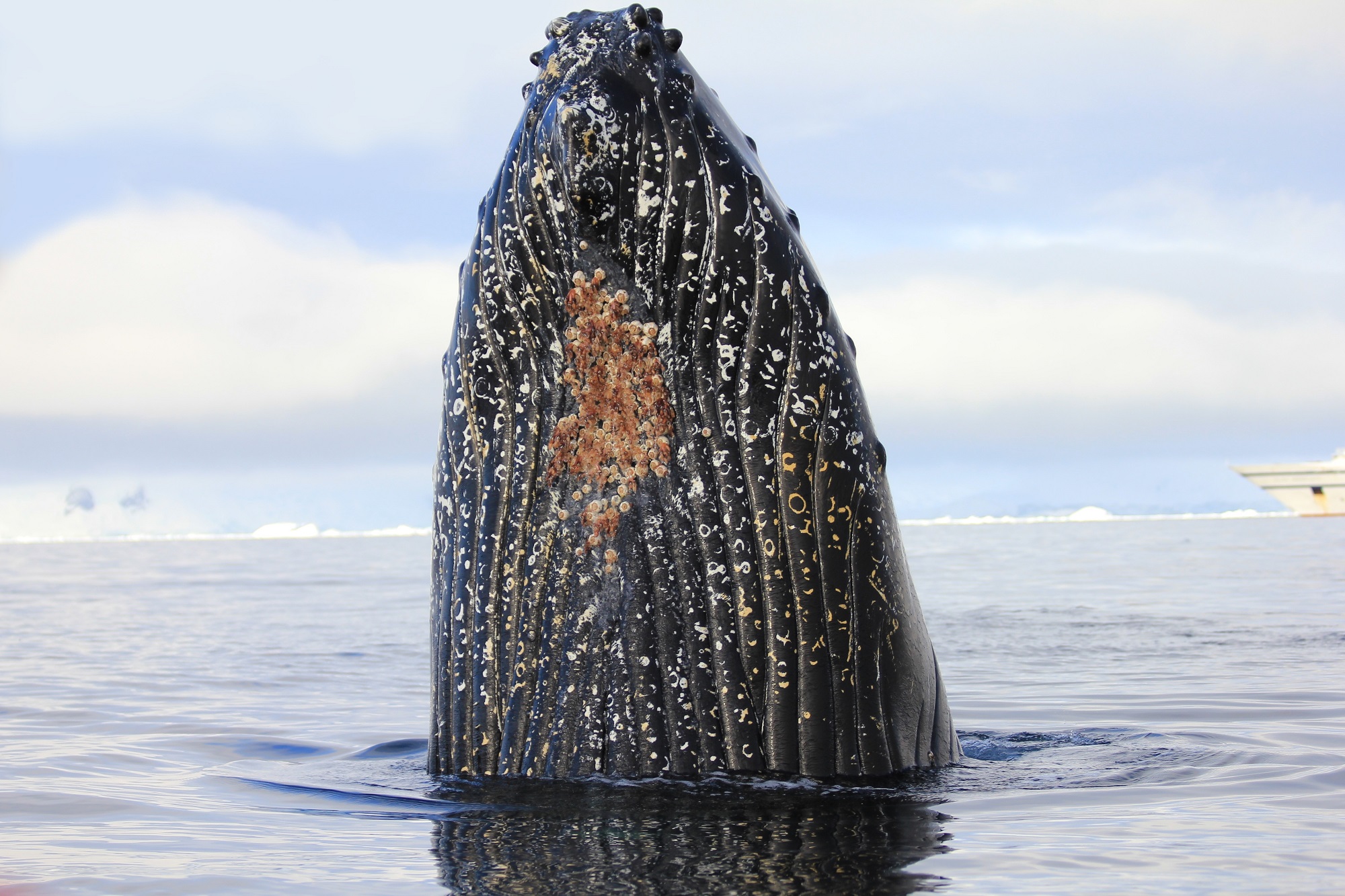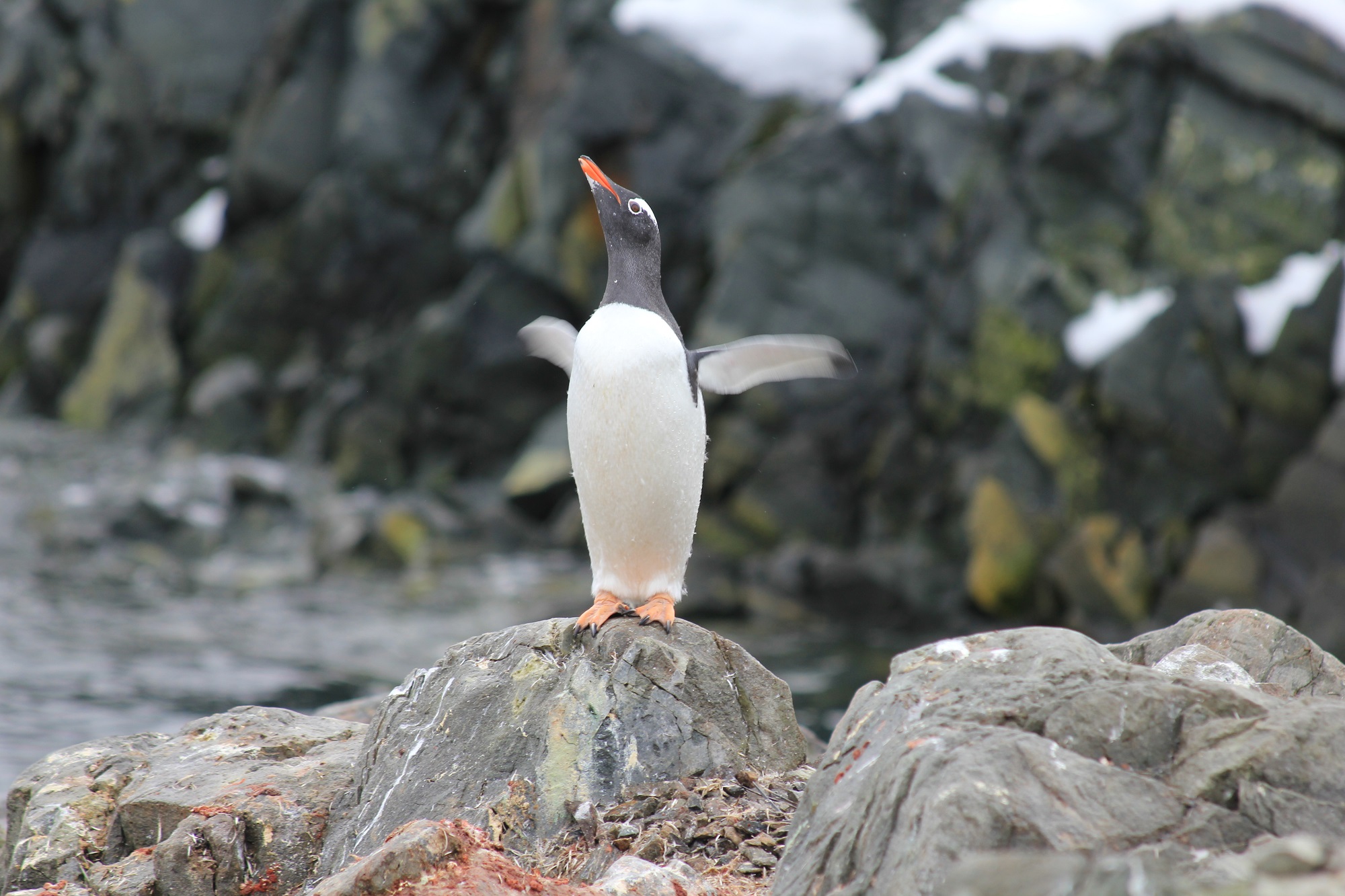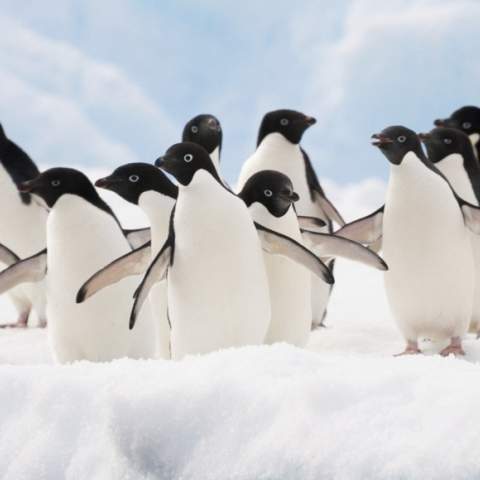04/19/2019

Antarctica is one of the last frontiers on earth, unknown by most of the world’s population. Visiting Antarctica is a once-in-a-lifetime experience through well-protected waters, teeming with unique species that are often scarce in other parts of the world.
Check out our list of some of the Top 10 Wildlife Sightings in Antarctica to learn what you have to look forward to on your trip.
Plan the trip of a lifetime to Antarctica with our well-traveled team of experts.

Submitted by Eric on Fri, 04/19/2019 - 5:39pm

Antarctica is one of the last frontiers on earth, unknown by most of the world’s population. Visiting Antarctica is a once-in-a-lifetime experience through well-protected waters, teeming with unique species that are often scarce in other parts of the world.
Check out our list of some of the Top 10 Wildlife Sightings in Antarctica to learn what you have to look forward to on your trip.
Blue whales
Orcas
Humpback whale
Emperor Penguins
King penguins
Adelie penguins
Chinstrap penguins
Wandering Albatross
Elephant Seals
Leopard Seals
Plan the trip of a lifetime to Antarctica with our well-traveled team of experts.
Most Popular Antarctica Trips & Tours
| Trip | Price | Days | Highlights |
|---|---|---|---|
| Ocean Nova | $11,495 | 6 - 10 Days | Glaciers, Icebergs, Penguins, Whales, Kayaking, Hiking, Snowshoeing |
| Sea Spirit | $7,895 | 11 - 23 Days | Glaciers, Icebergs, Whales, Penguins, Hiking, Kayaking, Camping, Photography |
| Seaventure | $9855 | 12 - 21 Days | Camping, Kayaking, South Georgia, Polar Circle, Citizen Science |
| Ushuaia | $5,460 | 10 - 20 Days | Glaciers, Icebergs, Whales, Penguins, Hiking |














